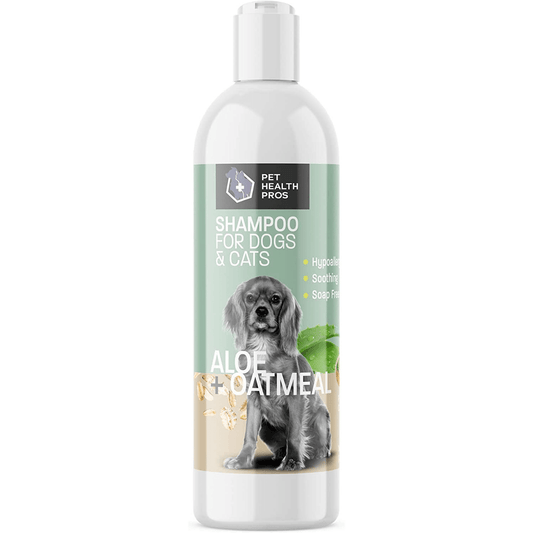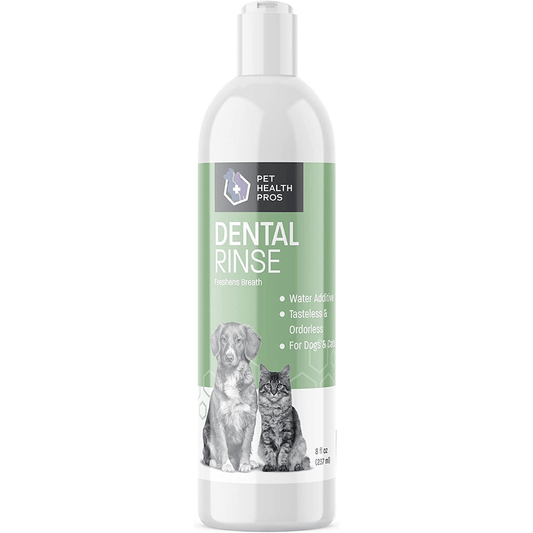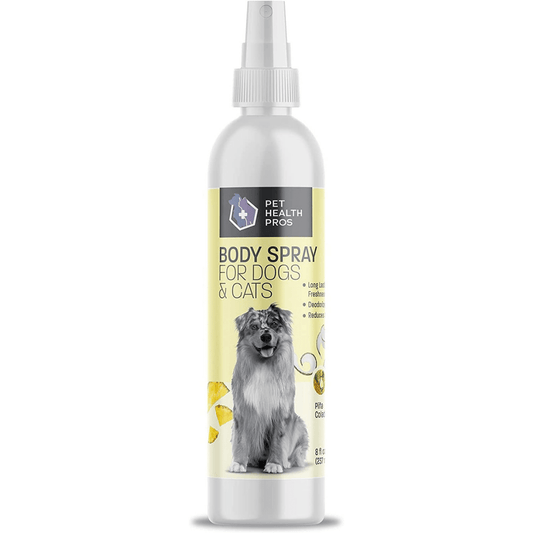
Trimming your pup's nails can be tough. But, it's important for their health and happiness. Here's our guide to help you through the process.
Why trim their nails? Overgrown nails can cause discomfort and pain. They can even break or split painfully. Trimming helps prevent these issues.
Before you start, make sure you get the right tools like special dog nail clippers. Let your pup sniff the clippers. Then, find a quiet and comfy place. Hold their paw and praise or treat them. Examine each nail and look out for the quick – don't cut it!
Securely hold the clippers at a 45° angle. Make small cuts, not big ones. Stay calm. Take breaks. Reward them after each session.
Importance of trimming dog nails
Trimming your dog's nails is essential to their wellbeing. It prevents discomfort, aids their posture, and prevents joint issues. Neglecting this can lead to complications.
The task may seem daunting, but with the right approach, it can be stress-free. Prepare the necessary tools: clippers designed for dogs, styptic powder, and treats to reward them.
Find a quiet and comfortable spot. Hold your pup's paw gently. Inspect each nail before trimming to identify the quick. Be careful not to cut too much at once; keep steady hands and gentle pressure when clipping. If you cut the quick and bleeding occurs, use styptic powder or cornstarch to stop it.
Regular maintenance is important. Trim every two weeks to every month depending on how fast their nails grow. Signs such as clicking noises or curling nails indicate a trim is needed.
Ingrown nails can occur from neglected nails. This causes redness, swelling, and discomfort. Take care of your pup's nails!
Preparing to trim your dog's nails
- Collect the tools: Get all the items needed for the nail trim. This includes clippers or a grinder, styptic powder, treats, and a towel or mat.
- Calm environment: Find a quiet, bright space with no loud noises or sudden movements.
- Familiarize with handling: Before trimming, get your dog used to their paws being touched. Massage and offer treats as positive reinforcement.
- Trim in stages: If long or overgrown nails, do it over multiple sessions. This lets the quick (blood vessel) recede without discomfort or bleeding.
- Proper technique: Know your dog's nails before trimming. Don't cut into the quick. Cut small portions slowly.
- Reward and praise: After trimming one or more nails, reward with praise, treats, or playtime. This builds a positive association with nail trimming.
Every pup is different. If unsure, consult a groomer or vet. Each breed may need different trimmings and frequencies. Trimming dogs' nails dates back centuries. In ancient times, dogs wore shoes to keep nails at a length. Now, grooming is an essential part of pet ownership.
Step 1: Familiarizing your dog with nail trimming tools
Introducing your pup to nail trimming tools is key for a safe and stress-free experience. Show them the clippers or grinder in a relaxed setting. Let them sniff and explore at their own speed, rewarding them for calm behavior. Gently touch their paws with the tools, gently increasing pressure as you go. Repeat this process over a few sessions until your pup is familiar and comfortable.
Patience and positive reinforcement are essential. Consider using treats or toys as distractions during the process. It can help create a good connection between nail trims and fun experiences. If you're having difficulty, consult a vet or groomer for tailored advice.
Follow these steps and personalize based on your canine's needs. You'll soon have them ready for safe, stress-free nail trimmings.
Step 2: Handling your dog's paws and nails
Trimming your pup's paws and nails is an essential part of keeping them safe. Follow these steps to give a comfortable experience for both you and your fur-baby!
- Gently take your dog's paw and offer support and stability. This will make them feel secure and avoid any sudden movements that could cause an injury.
- Check each nail for signs of cracking, splitting or overgrowth. If you spot any issues, it's best to talk to a vet first.
- Use the right tools - like clippers or a grinder - to trim their nails. Don't cut too close to the quick - the sensitive part of the nail with blood vessels and nerves. Trim only the tip in small amounts to prevent discomfort or injury.
Remember to take breaks and reward your pup with treats or praise. This creates a positive connection with nail trimming.
Be calm and patient. Dogs can sense anxiety and become more resistant or anxious. By staying steady, you can help keep your pup relaxed and cooperative.
Pro Tip: If you're uncertain about how short to trim your pup's nails, get advice from a pro groomer or vet. It should be tailored to your pup's breed and individual needs.
Step 3: Trimming your dog's nails safely
Trimming your pup's nails is super important for their grooming. It stops pain, injuries, and even health issues. Follow these 4 easy steps for a stress-free experience for you both:
- Get the tools: Grab quality nail clippers or a grinder, styptic powder, and treats as rewards.
- Make your dog comfy: Find a quiet, well-lit spot to access their paws. Pet them and give treats to make them feel positive.
- Trim gradually: Let them sniff and inspect the clippers/grinder. Cut a small portion of the nail at a time, avoiding the quick (blood vessels). Just cut the curved part.
- Give rewards and praise: Give treats and lots of verbal praise after each trim. This positive reinforcement will make future sessions more fun.
Every pup is different, so go at their pace and be patient. If unsure, speak to a pro groomer or vet who can give advice.
Trimming their nails helps prevent posture problems from overgrown nails. Some dogs naturally wear them down outside, while others need regular trims due to limited outdoor activities.
Dr. Lisa Lippman, a vet trusted by many pet owners, believes keeping their nails trimmed is essential for their health and comfort.
Post-trimming care and maintenance
Trimming your pup's nails? Don't forget post-trim care! Here's your guide:
- Apply styptic powder or cornstarch if you cut too deep and cause bleeding.
- Watch for infection signs, e.g. redness, swelling, or discharge. Consult your vet if needed.
- Maintain the proper length of nails. Overgrown nails can be uncomfortable and lead to issues like ingrown nails or difficulty walking.
Furthermore, use the right tools for trimming, like dog-specific nail clippers. Be patient and use positive reinforcement during nail trimming sessions. This makes it less stressful for both you and your furry friend.
For successful post-trimming care, it's important to know what to do and when. Follow these tips and ask professionals for help if needed. That way, your pup's nail care routine will be safe and effective!
Conclusion
In the doggy world, trimming nails is key for their wellness. This guide taught you how to grooming your pup at home. But, each pooch is special and may need more care or a pro's help.
Regular nail trims are important for your dog's comfort and movement. Keeping their claws at the right length keeps them from being injured from too long nails. Go slow and use the techniques in this guide.
Use encouragement while trimming. Treats or words of praise will make your pup associate nail trims in a positive way.
Don't be scared to give your dog the nail care they need. Not doing it can cause painful problems like ingrown nails or changes in walking due to pain. So pick up your pet-friendly clippers or grinder and start trimming! Your pup will thank you with a happy tail and paws.
Additional resources and recommendations for professional assistance if needed
If you're unsure about trimming your pup's nails, get professional help! Not attending to this task can cause pain or injury to your pup. Investing in professional assistance guarantees optimal care and reduces the risk of accidents. Don't let fear stop you from protecting your fur buddy - their wellbeing is worth the effort!
Seek expert guidance and assistance by:
- Consulting a professional dog groomer or vet who specializes in nail trimming.
- Joining online forums and communities dedicated to dog care.
- Checking local directories for trusted grooming salons or clinics.
- Asking friends or family who have successfully trimmed their pup's nails.
- Looking for educational resources such as books, articles, or videos.
- Attending workshops or training sessions conducted by certified trainers.
Frequently Asked Questions
Q: Why is it important to trim my dog's nails?
A: It is important to trim your dog's nails to prevent them from getting too long and causing discomfort or potential health issues. Overgrown nails can affect your dog's gait and lead to joint problems.
Q: How often should I trim my dog's nails?
A: The frequency of nail trims depends on your dog's activity level and the rate of nail growth. On average, most dogs need their nails trimmed every 4-6 weeks, but some may require more frequent trims.
Q: Can I use regular nail clippers to trim my dog's nails?
A: It is recommended to use dog nail clippers specifically designed for the task. This will ensure you have better control and reduce the risk of injury. Regular nail clippers may cause splitting or crushing of the nail.
Q: How do I safely trim my dog's nails?
A: Start by getting your dog accustomed to having their paws handled. Then, gently hold their paw and use clippers to trim small portions of the nail at a time, avoiding the quick, which is a sensitive area. If you are unsure, consult a veterinarian or a professional groomer.
Q: What should I do if I accidentally cut the quick?
A: Accidentally cutting the quick, which is the blood vessel inside the nail, can cause bleeding and discomfort. Apply styptic powder or cornstarch to stop the bleeding and keep your dog calm. If the bleeding persists, contact a veterinarian.
Q: What if my dog is afraid of nail trims?
A: If your dog is fearful or resistant to nail trims, take it slow and be patient. Gradually introduce them to the process, offer treats as positive reinforcement, and consider seeking help from a professional dog trainer who specializes in handling grooming-related anxieties.









